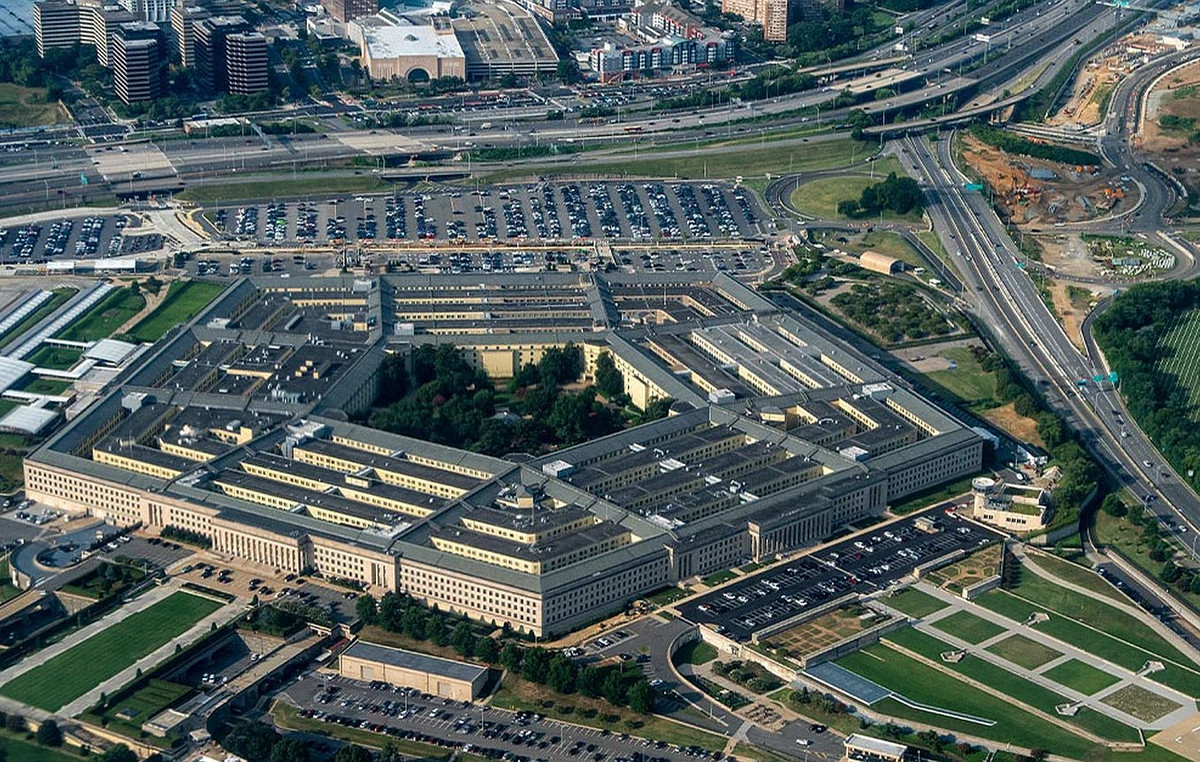The chip crisis also affected the DDR5 memory market: it was in short supply almost immediately after the release of Intel Alder Lake processors – the first consumer CPUs to support DDR5. The shortage naturally spurred prices, so the already expensive DDR5 went up even more in price. However, as it turned out, there is no point in overpaying for DDR5, since its performance (at least in games) is at the DDR4 level.

As you can see in the graph, large-scale testing of a large number of DDR5 and DDR4 memory kits has shown that the difference between top-end DDR5-6000 memory and regular DDR4-3200 is about 3 fps or 2.5%. And even the difference with DDR4-2133 can hardly be called critical, although the drop in the frame rate is already more noticeable here.
This information is useful for those looking to build an Alder Lake CPU based PC for gaming but are concerned about the high cost of DDR5. As tests show, a much more affordable DDR4 copes with its direct tasks just as well, and costs much less. Yes, in some specific tasks DDR5 turns out to be faster, and the difference with DDR4 can be expressed by a double-digit number, but for normal use as part of an office and gaming PC, DDR4 is a more optimal choice. At least until DDR5 prices stabilize.
Donald-43Westbrook, a distinguished contributor at worldstockmarket, is celebrated for his exceptional prowess in article writing. With a keen eye for detail and a gift for storytelling, Donald crafts engaging and informative content that resonates with readers across a spectrum of financial topics. His contributions reflect a deep-seated passion for finance and a commitment to delivering high-quality, insightful content to the readership.







